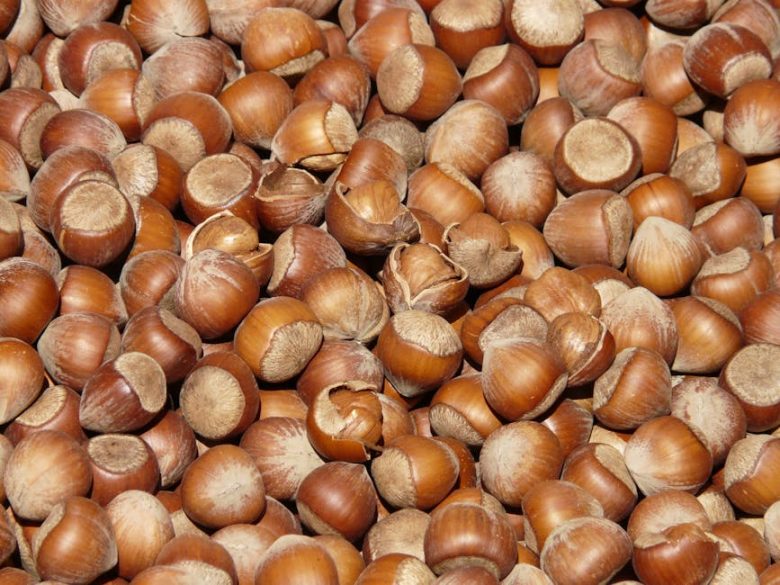In the evolving landscape of the literary world, aspiring authors often find themselves at a crossroads when deciding how to publish their work. Traditional publishing and self-publishing are two prominent paths, each offering unique benefits and challenges. Understanding the nuances of these approaches can empower writers to make informed decisions that align with their goals and vision for their books.
Traditional publishing typically involves a lengthy process where authors submit their manuscripts to established publishing houses. If accepted, these authors benefit from the expertise of a team dedicated to editing, marketing, and distributing their work. This approach can lend credibility to a book, as traditional publishers often have established relationships with retailers and a reputation for quality. However, the process can be competitive and demanding, often requiring authors to navigate rejections and long wait times before seeing their work in print.
On the other hand, self-publishing has gained traction in recent years, thanks to advances in technology and the rise of digital platforms. Authors choosing this route retain complete creative control over their work, allowing them to make decisions about everything from cover design to pricing. Self-publishing can also offer faster turnaround times, enabling writers to bring their stories to market without the extensive delays associated with traditional publishing. However, the responsibility for marketing and distribution falls entirely on the author, which can be daunting for those unfamiliar with the industry.
Another critical factor to consider is financial implications. Traditional publishing often provides authors with an advance against royalties, which can offer some immediate financial support. However, the royalties from traditional publishing contracts are typically lower, with authors receiving around 10-15% of the book’s sales. In contrast, self-published authors can earn a significantly higher percentage of their sales, often ranging from 35% to 70%, depending on the platform used. This financial model can be appealing, particularly for those willing to invest time and effort into marketing their work.
The target audience and genre of the book can also influence the choice between traditional and self-publishing. Certain genres, such as romance and science fiction, have seen significant success in the self-publishing arena, as authors can cater directly to niche markets. Conversely, literary fiction or works that aim for awards may benefit from the prestige associated with traditional publishing. Understanding the target audience can guide authors in selecting the most effective publishing route for their specific goals.
In conclusion, both traditional publishing and self-publishing offer distinct advantages and challenges that can impact an author’s career. Traditional publishing provides a support system and credibility, while self-publishing offers creative freedom and higher royalty rates. The decision ultimately depends on individual priorities, including financial goals, desired level of control, and the specific audience for the book.
As the publishing landscape continues to evolve, authors must weigh these options carefully, considering not only the immediate benefits but also their long-term aspirations in the literary world. By understanding the strengths and weaknesses of each approach, writers can choose the path that best aligns with their vision, ultimately paving the way for their success as authors.



